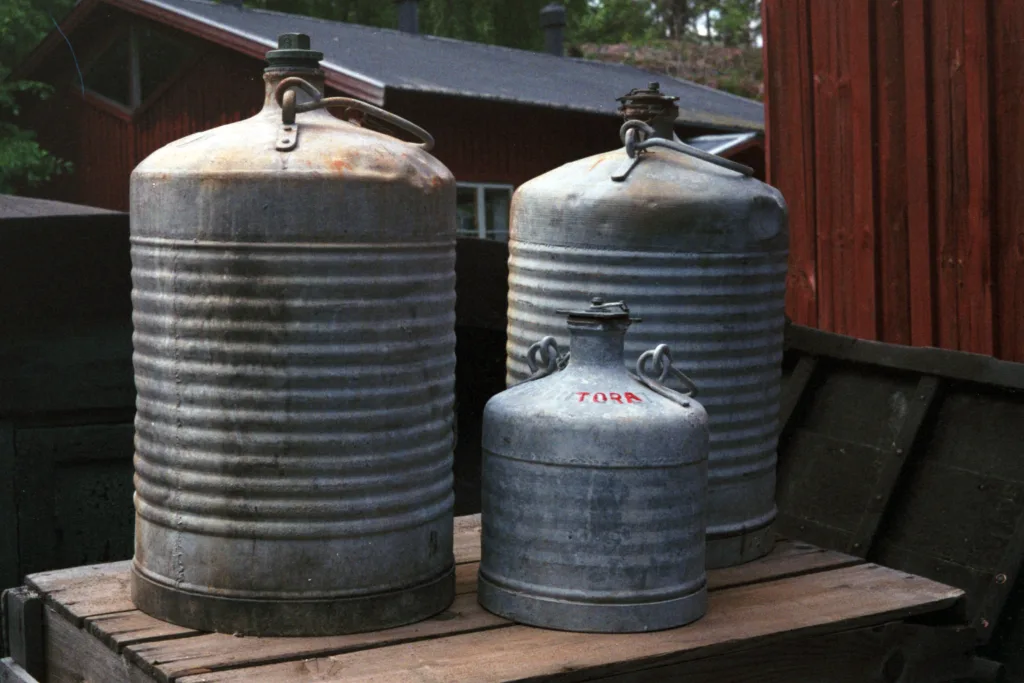Tin is a chemical element with the symbol Sn and atomic number 50. It is a silvery-white, soft, malleable metal that is not easily oxidized in air. Tin is widely used in various industries such as electronics, food packaging, and construction. One of the common questions people ask about tin is whether or not it is magnetic.
To answer this question, we need to understand the diferent types of magnetic materials. Materials can be classified into three categories: diamagnetic, paramagnetic, and ferromagnetic. Diamagnetic materials are weakly repelled by magnets, while ferromagnetic materials are strongly attracted to magnets. Paramagnetic materials, on the other hand, are weakly attracted to magnets.
Tin is considered a paramagnetic material. This means that it is weakly attracted to magnets. When a magnet is brought near tin, it will be slightly attracted to the magnet, but the attraction is not strong enough to hold the tin in place. This makes tin unsuitable for use in applications that require strong magnetic properties.
However, tin is still a useful metal due to its other properties. Tin has a low toxicity, which makes it safe for use in food packaging. It is also corrosion-resistant, which makes it suitable for use in construction and other outdoor applications. In addition, tin has a low melting point, which makes it easy to work with.
Other non-magnetic metals include aluminum, copper, lead, titanium, zinc, and their alloys. These metals are also widely used in various industries due to their unique properties. For example, aluminum is lightweight and corrosion-resistant, making it suitable for use in aircraft and other transportation applications. Copper is an excellent conductor of electricity, making it ideal for use in electrical wiring.
Tin is a paramagnetic metal that is weakly attracted to magnets. While it may not be suitable for use in applications that require strong magnetic properties, it is still a useful metal due to its other properties. Understanding the properties of different metals can help us choose the right material for our specific needs.
Does Tin Stick To A Magnet?
Tin does not stick to a magnet. Tin is classified as a paramagnetic material, which means that it is weakly attracted to a magnet. However, this attraction is not strong enough for tin to stick to a magnet. It is important to note that there are different types of magnetic materials, including diamagnetic, paramagnetic and ferromagnetic materials. While diamagnetic materials are weakly repelled by magnets, ferromagnetic materials such as iron, cobalt and nickel are strongly attracted to magnets. tin is not a ferromagnetic material and does not stick to a magnet.

Will Magnets Stick To Tin Roof?
Magnets will stick to a tin roof because tin is a ferromagnetic material, which means it has magnetic properties and can be attracted to a magnet. This makes it easy to hang things like lights or decorations using magnetic clips designed for metal roofs. However, it is important to note that not all metals are magnetic, so if you have a different type of metal roof, magnets may not work.
How Can You Tell If A Metal Is Tin?
To identify if a metal is tin, there are several methods available. One of the most commonly used methods is to conduct a density test. This test involves weighing the metal and then calculating its volume by submerging it in a known volume of water and measuring the amount of water displaced. The density can then be calculated by dividing the mass by the volume.
Tin has a density of approximately 7.3 g/mL at room temperature, which means that if the density of the metal is around 7, it is likely to be tin. However, it is important to note that the density of tin can vary depending on the purity of the metal, so it is recommended to compare the obtained density with the known density of tin to confirm the identification.
Another method to identify tin is to conduct a flame test. This test involves heating a small piece of the metal with a flame and observing the color of the flame. Tin produces a distinctive bluish-white flame when heated, which can be used to confirm the presence of tin.
Furthermore, tin has a low melting point of approximately 232°C, which means that it can be easily melted and shaped. This property can be used to differentiate tin from othr metals that have a higher melting point, such as aluminum or steel.
In summary, to identify if a metal is tin, one can conduct a density test, flame test, or observe its melting point. It is recommended to use a combination of methods to confirm the identification.
Is Sheet Tin Magnetic?
Sheet tin, also known as tinplate, is a thin sheet of steel coated with a thin layer of tin. While steel is a magnetic metal, the thin layer of tin coating on the sheet tin makes it non-magnetic. Therefore, sheet tin is not magnetic and will not be attracted to magnets.

Conclusion
Tin is considered a paramagnetic metal, wich means it is weakly attracted to a magnet. Unlike ferromagnetic materials such as iron, cobalt, and nickel, tin does not exhibit strong magnetic properties. However, this does not mean that tin cannot be used for various purposes. Its non-magnetic nature makes it an ideal choice for certain applications, such as in the production of non-magnetic alloys or as a coating material for magnetic materials. It is important to note that there are many non-magnetic metals available in the market, including aluminum, copper, lead, titanium, and zinc, among others. Therefore, understanding the magnetic properties of different metals is crucial in selecting the right material for a specific application.
